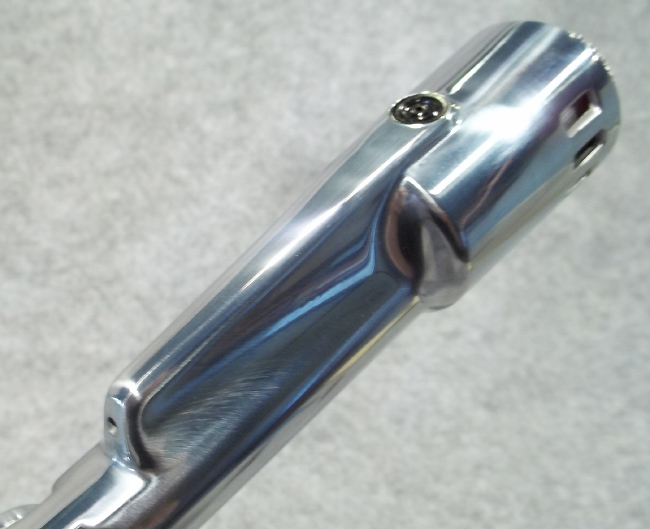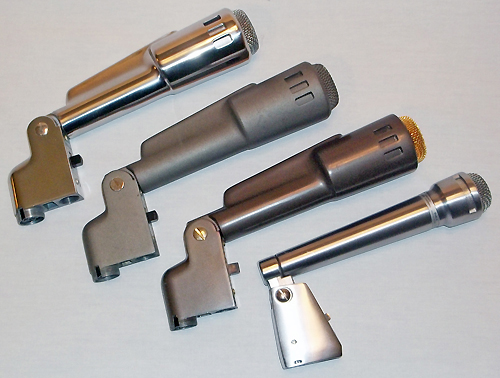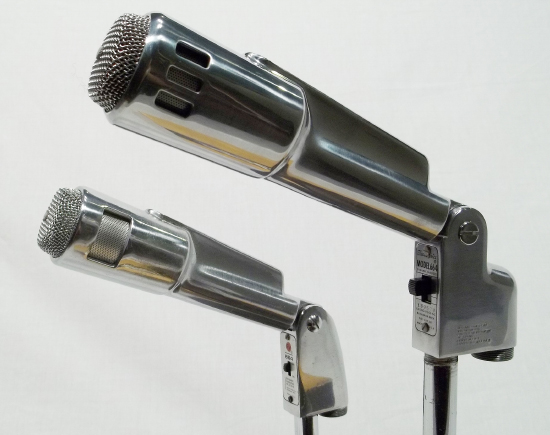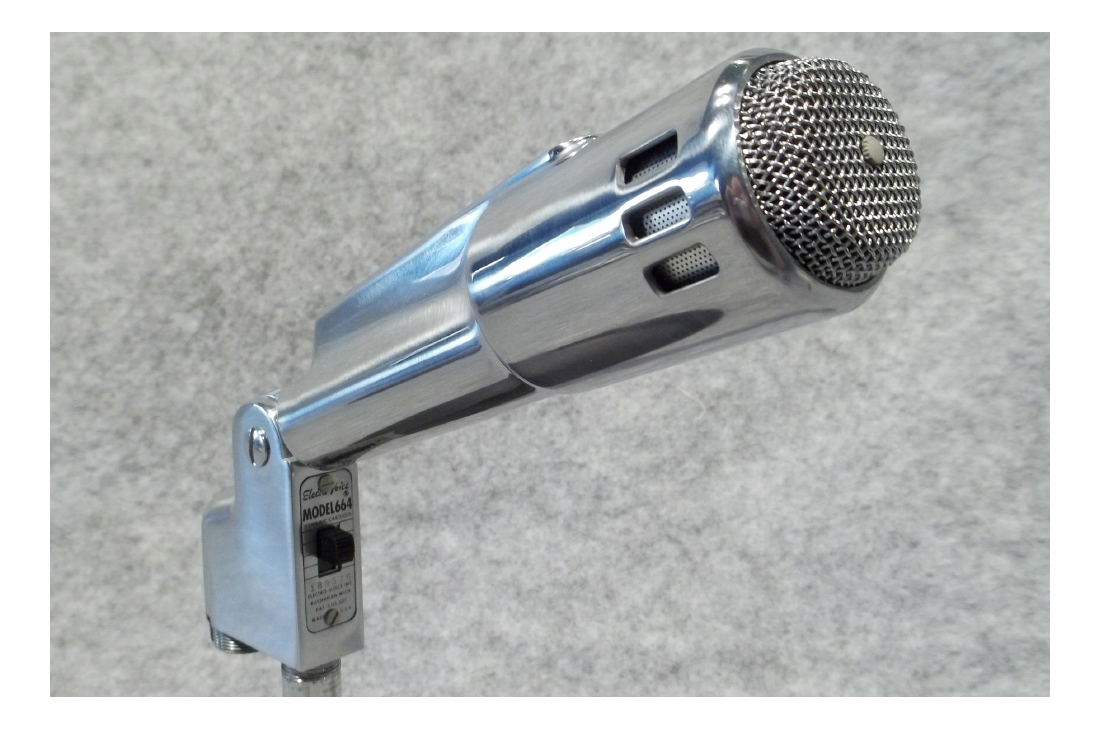My Baltimore-area high school theater was outfitted with the first quality PA system I ever worked with. It had JBL horns and cabinets in a center cluster, powered by Crown amplifiers with a 6-channel TAPCO mixer in the sound booth — and Electro-Voice 664 microphones on stage.
Initially to my “finely tuned” 10th grade ears, the system didn’t sound very good – the performers could barely be heard, and there was a lot of feedback. But it wasn’t long before I figured out that the real problem was operator error, not the system. I eventually got the hang of running it correctly, including learning the importance of proper mic placement.
And what mics they were! I fell in love with the EV 664 – far better sounding than my own Lafayette mics for my garage band, and built like a tank. Later, I wasn’t surprised to find out the 664 had the nickname “Buchanan Hammer” due to its rugged design.
The story behind the nickname, as I know it, is that during his microphone lectures, the late Lou Burroughs (one of the founders of EV) would use a 664 to hammer nails into a board and then plug it in and use it for the rest of his presentation. The Buchanan part of the moniker refers to the town in Michigan where the company was headquartered for decades.
Timeless Design
Introduced in the mid-1950s, the 664 sported a cool “Art Deco” design, with a sleek yet curvy chrome body that evoked the popular automobile tailfins of the period. Inside was some serious technology.
The single-element cardioid, dynamic type mic was the first model to incorporate the company’s patented Variable-D design (U.S. patent number 3115207, awarded in 1963) still found in several EV mics to this day, including the broadcast-favorite RE20 as well as the RE320.

Variable-D (“Variable Distance”) uses three ports to cancel sound from the rear, while the side ports (slots located on the sides) are coupled to the back of the diaphragm and help cancel high-frequency sounds.
The hole on the top (located toward the front of the body’s “raised spine”) works the same as the side ports, but has a longer path and added filters to affect mid frequencies. The single hole at the rear of the spine has a longer path and more filtering to address low frequencies.
This all combines to give the mic good pattern control over a wide frequency range and a reduced proximity effect. An ad from 1961 states “The 664 does not BOOM when performer crowds microphone.”
The 664 was available in three finishes: satin chrome, non-reflecting gray (664A) and a gold finish (664G). I also own one that is branded Executone EXCC, and it has a brown body with a gold windscreen, as well as a chrome model that is branded DuKane 7A160.

More Versions
There were actually two designs of the 664. The earlier one had a more classic base, three ports on each side, and the old script logo on the switch-plate. The later version had a more modern rounded base section, a single large port per side, and a larger switch-plate cover that featured the round, red EV logo.
Both utilized a 4-pin EV screw-on connector that was popular on many of their models. The 664 shipped with an 18-foot cable that was not terminated at the console end.
There was yet another version called the 664A, but it was supercardioid, a lot smaller, and had more modern styling. It still utilized the Variable-D design, but had a long plastic port along its spine instead of separate rear port entrances.

The 664 holds a special place in my collection. It was the first true professional caliber microphone I worked with, and the single port model shown here is the first mic I ever purchased just to collect and not use onstage.
Great mics and great memories!
Electro-Voice 664 Specs (original 3-port model)
Transducer Type: Dynamic, non-metallic Acoustalloy diaphragm
Polar Pattern: Cardioid
Frequency Response: 40 Hz – 15 kHz
Sensitivity: -55 dB at 150 ohms
Nominal Impedance: Switchable high impedance or 150 ohms
Size: 7 3/16 x 1 7/8 inches
Net Weight: 28 ounces
1961 Price: $49.98
(Find more Microfiles articles by Craig here.)




















